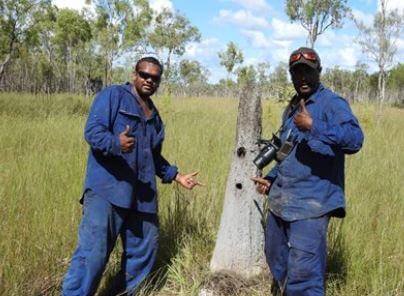Indigenous Protected Areas make up 47% of the conservation area of Australia, around 10% of the continent. There are currently 82 Indigenous Protected Areas in Australia, managing some 87 million hectares of land.
The Indigenous Protected Areas were a signature scheme of the then Federal Environment Department, with work beginning in the early 90’s, involving close consultation and co-design with Indigenous organisations, and the first Indigenous Protected Area being officially designated in 1998. Now, following a 2022 announcement, the federal government is awarding major grants to increase that number.
From 1 July the Commonwealth has committed to awarding $231.5m to increase land under management at the 82 Indigenous Protected Areas. The funding will also go towards establishing 10 new areas between 2023 and 2028.
One of the newest is the Olkola Protected Area, spanning 728,600 ha of Central Cape York, including the beautiful Eight Mile Creek. The land was reclaimed by indigenous owners in 2014, who intend to continue cattle raising but have ruled out allowing uranium prospecting to continue in the region.
Australia’s Indigenous Protected Areas are managed according to categories V and VI of the International Union for the Conservation of Nature’s (IUCN) classifications. This means the most sensitive areas are protected while allowing traditional economic activities to continue.

Funding is provided principally for rangers to monitor the areas. The Albanese government says it plans to double the number of indigenous rangers by 2030.
The protected area designation allows firearms, pets, chainsaws and off-road four-wheel driving and dirt biking to be banned within the area. A restricted zone has also been established in part of the park to protect significant cultural sites.
“We are so lucky in Australia to have the world’s most successful environmentalists to learn from,” said Tanya Plibersek, Minister for the Environment and Water, last month. “No one knows this land like First Nations communities.”
Correction: the initial version of this article contained an error in the second paragraph which has now been corrected following correspondence with the CEO of Country Needs People. We apologise for the error.
Sign Up To Our Free Newsletter